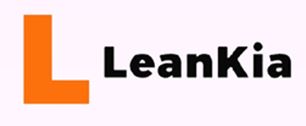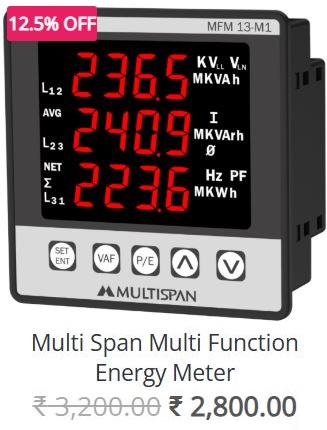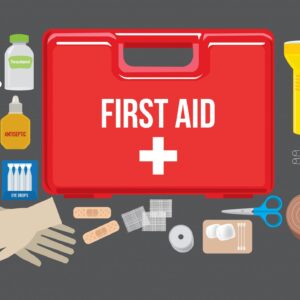In industrial settings, tools are more than just equipment—they’re critical assets that directly impact productivity, safety, and operational efficiency. Poor tool management can lead to delays, lost tools, damaged equipment, and increased operational costs. That’s why having a robust industrial tool management system is essential for any facility aiming for efficiency and safety.
In this blog, we’ll explore 5 best practices for effective industrial tool management that can help your organization save time, reduce costs, and enhance workplace safety.
1. Implement a Tool Tracking System
Keeping track of tools manually is inefficient and prone to error. Instead, adopt a digital tool tracking system using barcodes, RFID tags, or QR codes. These technologies allow real-time tracking of tools, ensuring:
-
Improved accountability – Know who checked out which tool and when
-
Faster retrieval – Reduce time spent searching for missing tools
-
Better inventory control – Stay informed on tool availability and condition
Tip: Choose a tool tracking system that integrates with your existing inventory or maintenance management software.
2. Create a Centralized Tool Storage Area
A disorganized storage system can lead to tool damage, misplacement, or unauthorized use. A centralized tool crib or storage system ensures tools are kept in designated places and easily accessible to authorized personnel.
-
Use shadow boards or foam tool organizers to provide a visual cue when tools are missing
-
Keep heavy and high-use tools within easy reach to reduce injury risk
-
Lock up sensitive or high-value tools to prevent unauthorized use
Bonus: Clearly label storage areas and maintain a clean, clutter-free workspace.
3. Establish Check-In/Check-Out Procedures
A formal check-in/check-out system promotes tool accountability and prevents loss or theft. This can be manual (using sign-in sheets) or automated through a digital tool management system.
-
Require employees to log usage
-
Record tool condition upon return
-
Set return deadlines to avoid extended hoarding of tools
This practice also allows managers to monitor tool usage patterns and identify misuse or overuse.
4. Schedule Regular Tool Inspections and Maintenance
Regular maintenance and inspection extend the life of tools and reduce the risk of failure or accidents. Implement a preventive maintenance schedule for all industrial tools, especially those under high stress or used in critical operations.
-
Check for wear, cracks, or damage
-
Sharpen blades, tighten bolts, and replace worn parts as needed
-
Record maintenance history for audits and compliance
Well-maintained tools are not only safer but also more efficient and reliable.
5. Train Employees on Tool Usage and Management Policies
Even the best systems can fail without proper training. Make sure all employees are trained on:
-
Correct tool usage and handling techniques
-
Storage procedures and access policies
-
Reporting protocols for lost, damaged, or malfunctioning tools
Tip: Conduct refresher training sessions regularly and update procedures as new tools or systems are introduced.
Final Thoughts
Effective industrial tool management is about more than organization—it’s a strategic approach to ensuring productivity, safety, and operational excellence. By implementing these five best practices, your facility can reduce downtime, minimize tool loss, and create a safer, more efficient work environment.














